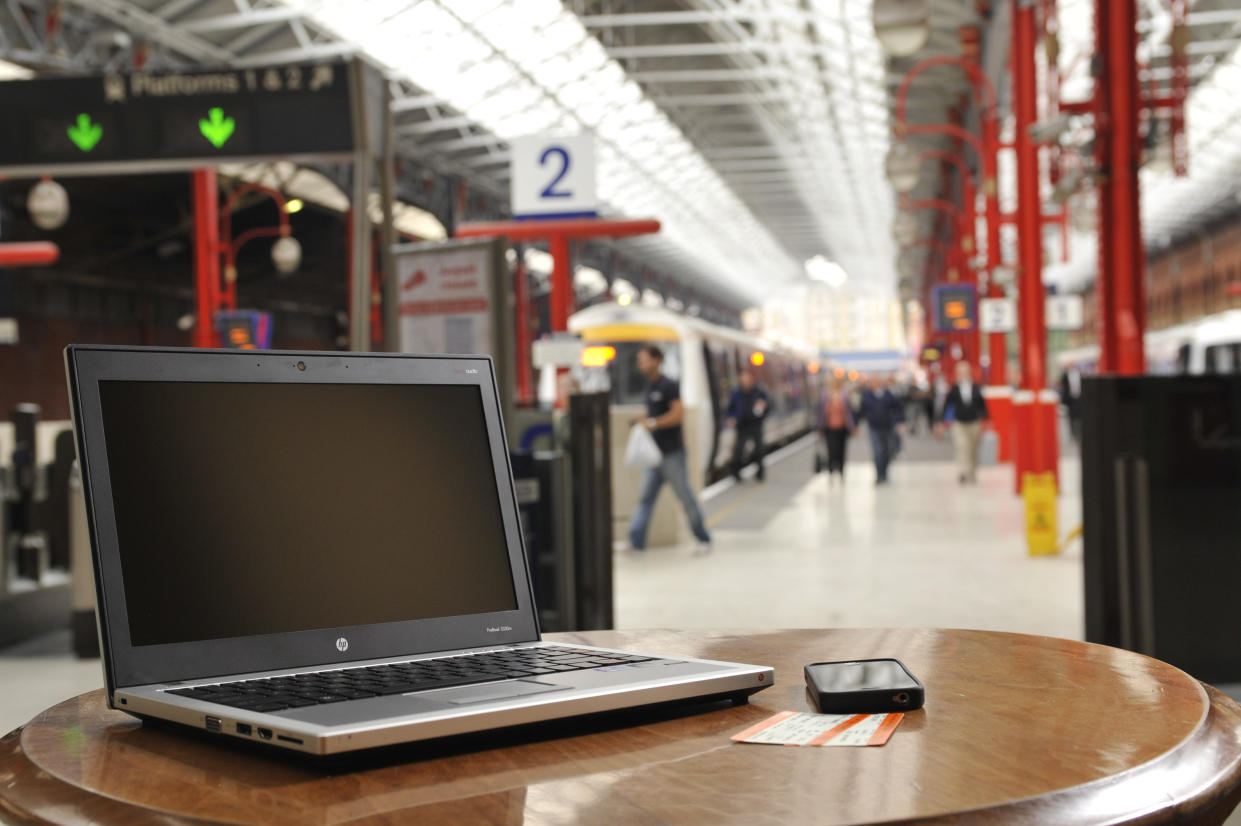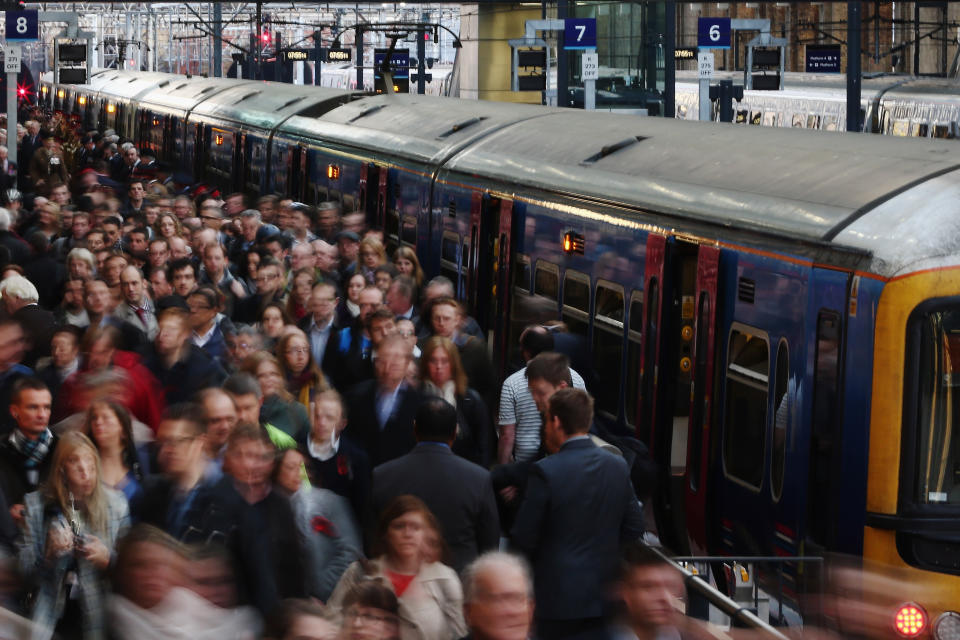5 great ways to save money on train fares

Train fares in the UK are among the highest of any European country.
Every year, regulated rail fares—which account for around 45% of all fares—increase at a rate linked to the Retail Price Index (RPI) measure of inflation.
The train operating companies argue these controversial fare increases are necessary to maintain and improve rail services. But passengers often complain that rail fares do not offer value for money considering the services provided.
A House of Commons briefing paper states that fares across all rail operators were 20% higher in real terms in 2018 than in 1995, around the time of privatisation.
You can beat the system, however. Rail fares, expensive though they are, can be cheaper if you know a few simple tips and tricks.
Travel outside of peak hours unless absolutely necessary
Train operators adjust ticket prices depending on the volume of passengers anticipated to be using their services, such as during the commuter rush.
Peak times are when services are busiest, off-peak is when there are likely to be fewer passengers.
If you travel at peak time, you put greater stress on the network and there is substantially more demand for rail services. Therefore, you pay a higher price.
Prices fall substantially in some instances during off-peak times.
Try to avoid travelling during peak times, such as by changing your working hours, delaying a meeting, or waiting around a few minutes at the station.
Get a railcard

There are a surprising amount of railcards available for a variety of reasons and they usually entitle the holder to around a third off rail fares — which is a lot of money if you travel regularly.
These railcards are not only for young people and old age pensioners—there’s pretty much something for everyone.
They do have terms and conditions attached. Many are not valid during peak hours, for example. So it’s worth reading the small print.
But take a look at the railcards available on the network or with the operators you use most regularly.
You might be surprised to find there’s one you qualify for. And you’ll soon recoup the cost of the card in fare savings if you’re a frequent rail traveller.
Split ticketing
One cheeky way to save a few quid is the split ticket technique.
This works by dividing your journey into several tickets, sometimes without even needing to leave the train you’re on.
For example, if you are travelling on a train from London King’s Cross to York, you could buy one ticket from London to Peterborough and then another ticket for the same train from Peterborough to York.
That is just a hypothetical example, but in some cases using that technique—though it is a little laborious—will actually cost you less than buying one ticket for the full journey.
There are lots of services available online to help you split your journey and save money. Just Google “split ticket” and you’ll find them.
Book early

There are huge savings to be had simply by being prepared and booking your tickets online as early as possible. You can usually book tickets up to three months in advance.
The closer you get to the day of travel, the more expensive the tickets become as all the cheaper fares are hoovered up by savvy passengers.
As soon as you know you’re travelling, book your train ticket, especially on longer journeys where savings can run into the hundreds of pounds.
Claim for delays or other disruption
You are usually entitled to a refund if there are delays to your rail service.
The finer points vary between train operators. They have their own refund terms, but the calculation is pretty much the same: The longer your delay, the more you’ll get back.
You’ll need your ticket to prove that your journey was affected by delays.
It’s also worth complaining if you were unable to receive the full service you paid for, such as the train being so busy that you could not reach your booked seat.
Whatever the disruption, you should complain to see if you can get a refund or a discount on future travel.

